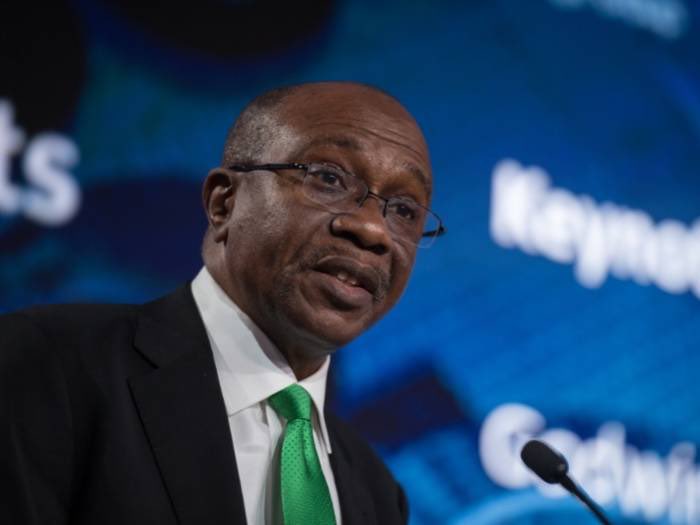Members of the Central Bank of Nigeria Monetary Policy Committee, on Tuesday, rose from a two-day meeting, the second for the year, opting by a majority vote to retain the benchmark Monetary Policy Rate at 11.5%. The members also voted to retain the asymmetric corridor of +100/-700 basis points around the MPR; the CRR at 27.5%; and the Liquidity Ratio at 30%.
The dilemma that confronted members was whether to continue focusing on efforts to stimulate outputs or reining in inflation, amidst worry over the level of unemployment that must be addressed swiftly.
With these in mind, members “were generally of the view that given that the exit from recession is fragile, any decision to tighten or rein-in inflation, may reverse the fragile recovery and return the economy into recession.”
Specifically, six members voted to retain the rates, while the other three opted for an increase MPR by 50, 75 and 50 basis points respectively.
The majority decision to hold all parameters constant, according to a communiqué issued at the end of the meeting, was despite concerns about the nation’s rising unemployment level and, indeed the sustained inflationary pressure for the eighteenth-consecutive month, with headline inflation (year-on-year) at 17.33% at end-February 2021, close to the January 2017 inflation peaks level of 18.72%, from 16.47% January 2021.
“This increase continued to be attributed to the increase in both the food and core components of inflation which rose to 21.79% and 12.38% in February 2021, respectively, from 20.57% and 11.85% in January 2021, owing to problems farmers are facing from herdsmen and bandits.
The committee lamented that although the CBN is “intervening significantly in the agricultural sector, the rising insecurity in some food producing areas, is limiting the expected outcomes in terms of supply to the market, thus contributing to the rise in food prices.”
For example, noted the apex bank’s disbursement totalling ₦1.487tr under various agricultural intervention programmes, of which N686.59bn was disbursed under the Commercial Agricultural Credit Scheme (CACS); followed by ₦601.75bn under the Anchor Borrowers Programmes (ABP) to 3,038,649 farmers to support food supply and dampen inflationary pressures.
Members “further noted that the key drivers of the increase in core inflation included, the hike in the price of Premium Motor Spirit (PMS), upward adjustment in electricity tariffs and the depreciation of the domestic currency (naira).”
Consequently, the MPC said fiscal headroom remained constrained and fragile, following the twin shocks of the pandemic and oil price volatility and the continued build-up of public debt.
The MPC also enjoined the CBN to maintain its current drive to improve access to credit by the private sector, while exploring other initiatives with the fiscal authorities to improve funding to critical sectors of the economy.
Other intervention programmes so far include the N94.34bn disbursed under the N100bn Health Care intervention Fund to 85 projects in the pharmaceutical industry, hospitals and State governments for both brown field and green field projects. The fund, which it , which it is willing to expand, was mostly to expand pharmaceutical drug lines, acquire MRI and other equipment and upgrade laboratories and other hospital services.
Under the N1.0tr Manufacturing Intervention Stimulus, it said a total of N803.36bn has been disbursed to 228 projects across various sectors in agro-allied, mining, steel production and packaging industries, amongst others.
The MPC equally noted the performance of the Financial Soundness Indicators (FSIs) of the deposit money banks showing a Capital Adequacy Ratio (CAR) of 15.2%, Non-Performing Loans (NPL) ratio at 6.3%, which is about the 5% prudential benchmark, and 40.5% Liquidity Ratio (LR) as at February 2020.
The MPC charged the apex bank to sustain its regulatory measures to bring NPL below the prudential benchmark; even as it noted with satisfaction the improvement in the level of external reserves at US$36.46bn at end-February 2021, from US$34.94bn at end-January 2021.
This, it continued, “reflects the recent upsurge in crude oil prices on the backdrop of the renewed optimism on the successful deployment of COVID-19 vaccines across the globe.”








